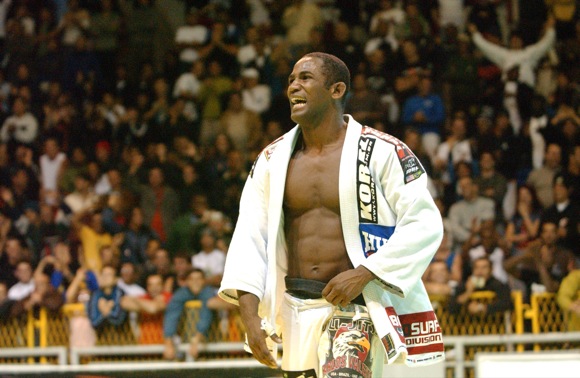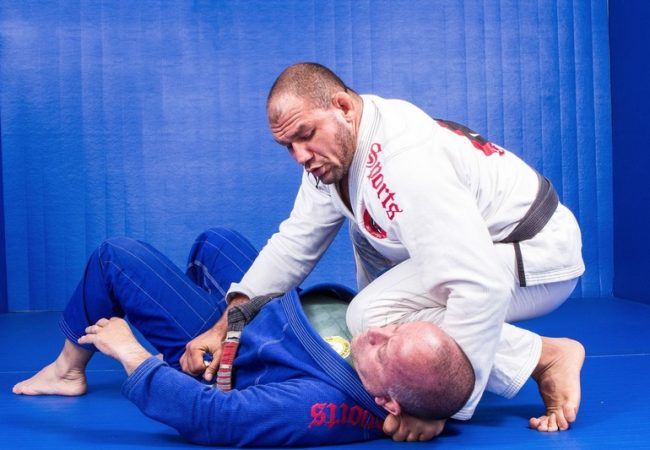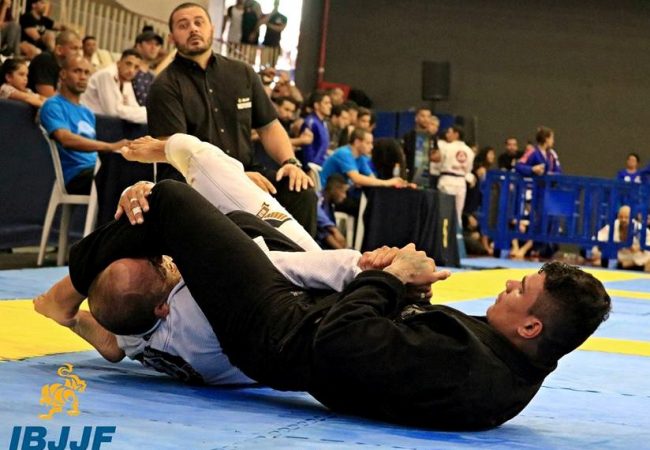An immortal of BJJ, the charismatic Fernando Tererê is known for the volume of his game as well as for his sneaky takedowns. Having won multiple world championships and managed to take down many a bigger opponent, he is a reference of the standup game.
Recently, Graciemag got the chance to chat with Tererê and brought back some good advice, so read on.
GRACIEMAG: Tererê, what is the best way to perfect one’s takedown game for BJJ?
Fernando Tererê: I think there’s nothing more important than repetition. The standup game has to be natural for the fighter — it can’t be something they think about. You have to get your roll stood up to force repetition; that’s how you memorize the takedown. Another important detail is to practice the takedown over and over with your partner standing still, to only later practice it in motion or in a real fight scenario.
What is the best takedown to start practicing repetition?
The tomoe nage is great. You can practice that one with the safety of being able to make mistakes. The intent of this takedown, as you pull and put your foot on the groin, is to throw them back. But if you get it wrong, your opponent lands in your guard.
And what is the judo technique that carries over to BJJ the best?
That’s up to each athlete. Me, I like doing the morote seoi nage with a strong, dominant grip on my opponent’s collar, so he can’t take my back. By itselt, the grip on the arm leaves me too vulnerable.
Another takedown I adapted to my jiu-jitsu that became famous was “the naughty one,” which exists in judo but I changed the arm grip. Instead of holding under the armpit to place the foot and push, I use my forearm to throw my opponent’s hip against my leg and keep him away. (Watch in detail.)
Anything else?
If the standup game is challenging to you, don’t try to play on the ground. Meet your challenge head-on. Train more standing. That’s the difference between the normal fighter and the competitor who wins in championships — it’s being strong at everything. You have to be well rounded always, and ready for everything that might happen.






